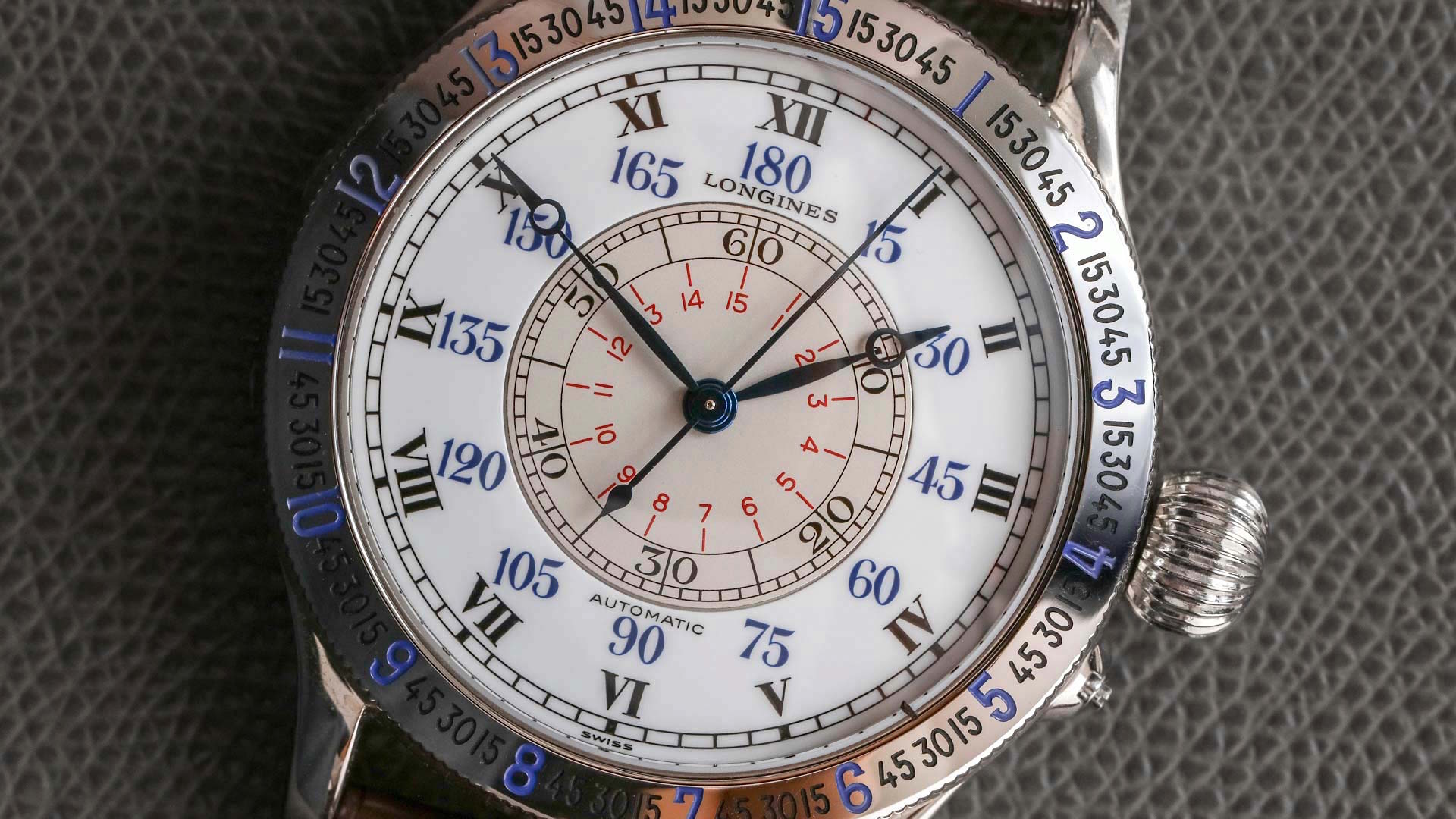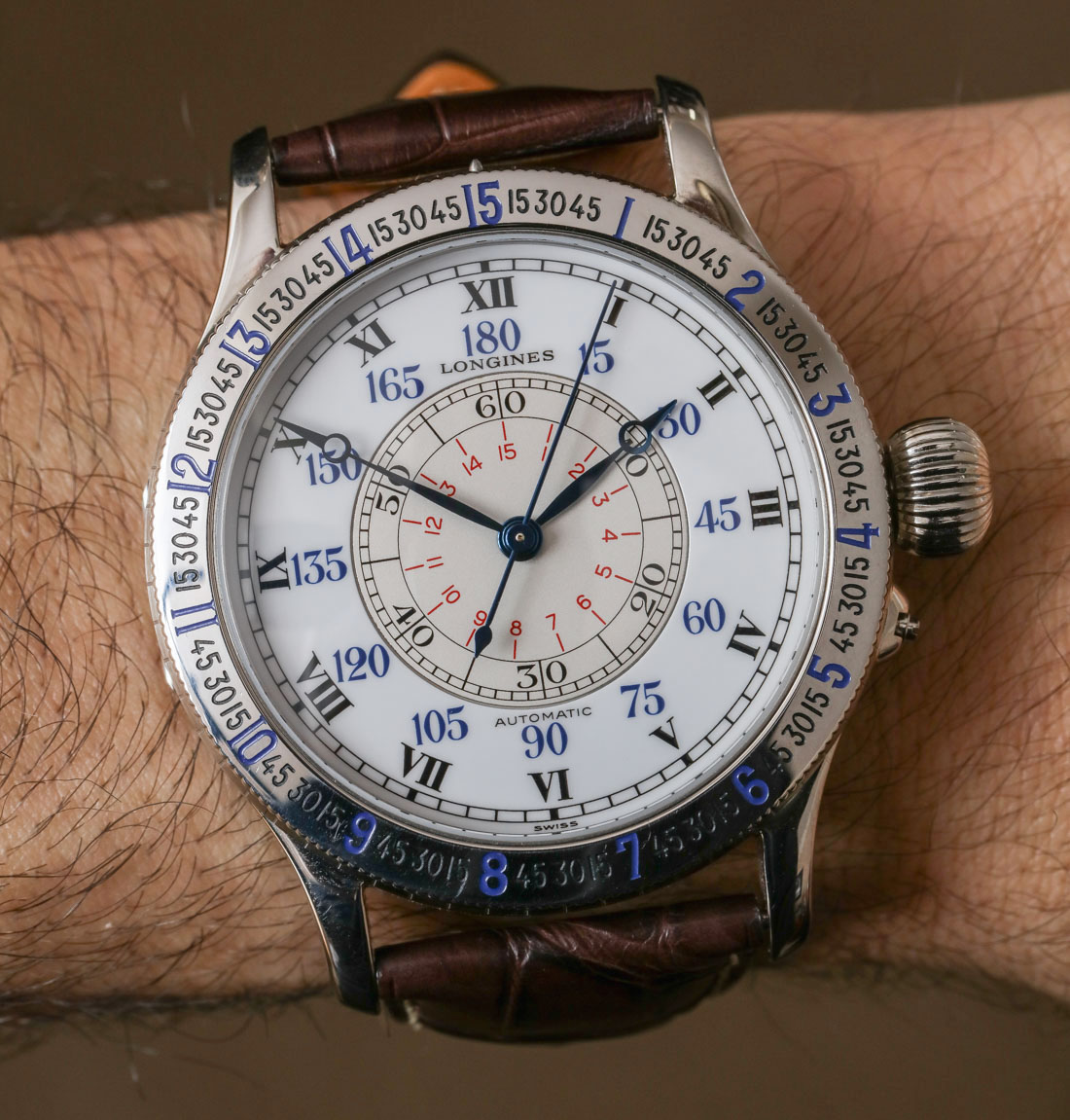
In 2017 the world celebrated the 90th anniversary of the first solo transatlantic flight made by Charles Lindbergh. For the occasion, Swiss watchmaker Longines produced a limited edition of its iconic Lindbergh timepiece, also known as the “Hour Angle” watch. In this review I will discuss the stock version of the Lindbergh Hour Angle watch that Longines produces today, as well as the 90th Anniversary model that adds a few new things and perhaps is a hint of what is to come.
Longines has a lot of history to pull from, and I think the Charles Lindbergh connection is among the most important. I would put the Hour Angle timepiece up there with the Omega Speedmaster in terms of historic appeal – for thematically similar reasons. While the Speedmaster and Hour Angle watches are entirely different in style and era, they are two designs which have authentically interesting stories, a foundation in pure utility, as well as a look which I think is very flattering on the wrist today.
With that said, at 47.5mm wide, the Longines Linbergh is going to be a bit more niche given its larger case size – though I encourage anyone who likes this design to give it a chance. Note that Longines produces several versions of this base watch, so if you don’t like this specific version, I encourage you to check out the other models they have on their website. More so, assuming Longines put in a bit more of their marketing focus on the Lindbergh watches, I think you’d quickly start to see a lot more of these out there. Going back to the comparison to the Speedmaster (both Omega and Longines are part of the Swatch Group), the retail price for the Speedmaster Professional Moonwatch and the Lindbergh 47MM Automatic are within about $200 of one another.
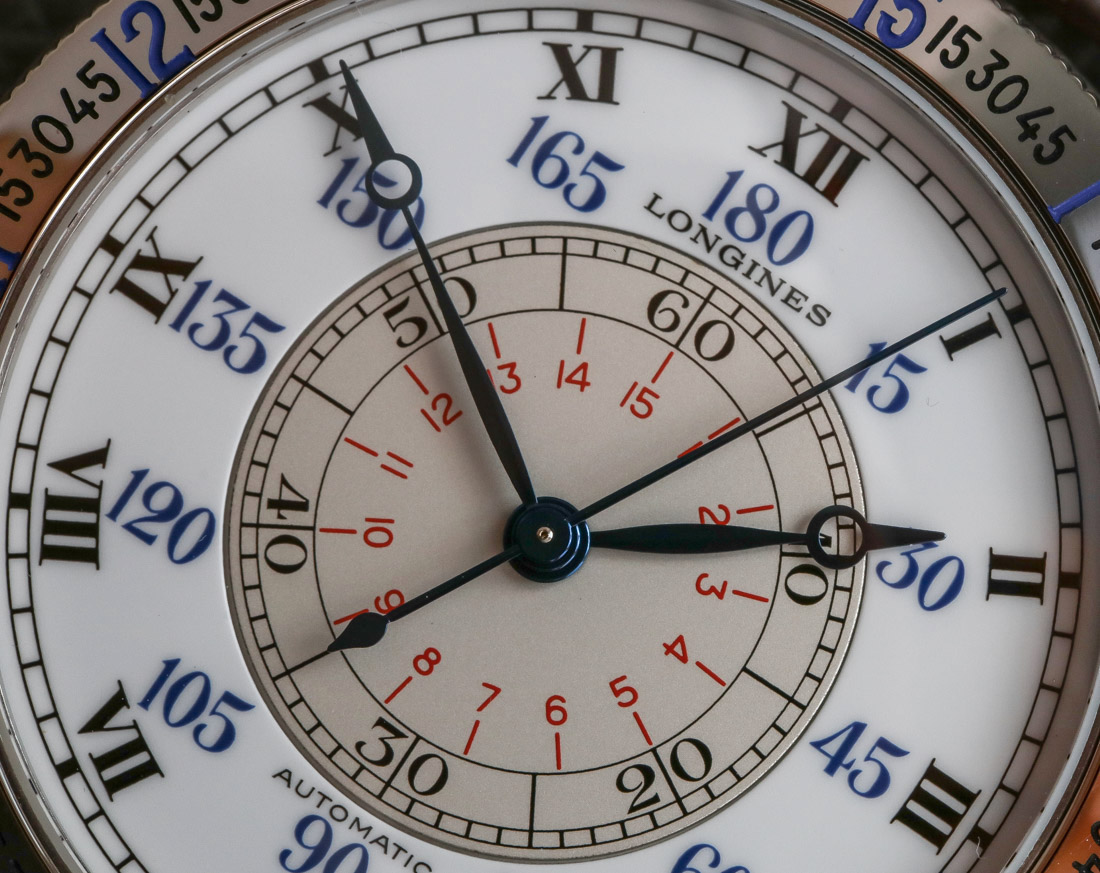
Some history to put things into context. In 1927 Charles Lindbergh flew solo from New York to Paris, without sleeping (as the story has it). It took him about 33 and a half hours to make the trip and it gained him international fame. People still know his name today. After the flight he imagined a new timepiece complication which became the Hour Angle system. The idea was to use a timepiece, the location of the sun, and some math to identify the user’s longitudinal location on the earth for navigation purposes. While this strategy for determining one’s location has been made obsolete many times over thanks to modern technology, the story behind this innovation as related to watch collecting is very important.

Lindbergh worked with Longines to produce Hour Angle watches for aviators to use, and its specific use and design make it something that remains distinct. What other watches have a rotating bezel with a scale of 15 on the bezel? What other watches have a rotating inner ring on the dial (which can actually come in quite handy)? What other watches mix this intriguing look with a vintage sport watch style originating from a time when wristwatches were still mostly wearable pocket watches?
Interesting details abound on the modern versions of the Hour Angle watch that Longines produces today. “Hour Angle” is no longer an official part of the name, as the collection is simply known as the Longines Lindbergh. Similar pieces that do not include the Hour Angle indicators and rotating bezel, but that have the same movement, case size, and inner rotating disc are known as the Longines Weems, and should be appealing to those watch collectors who like the overall look of the Longines Lindbergh, but find the dial and bezel a bit too busy for their taste.
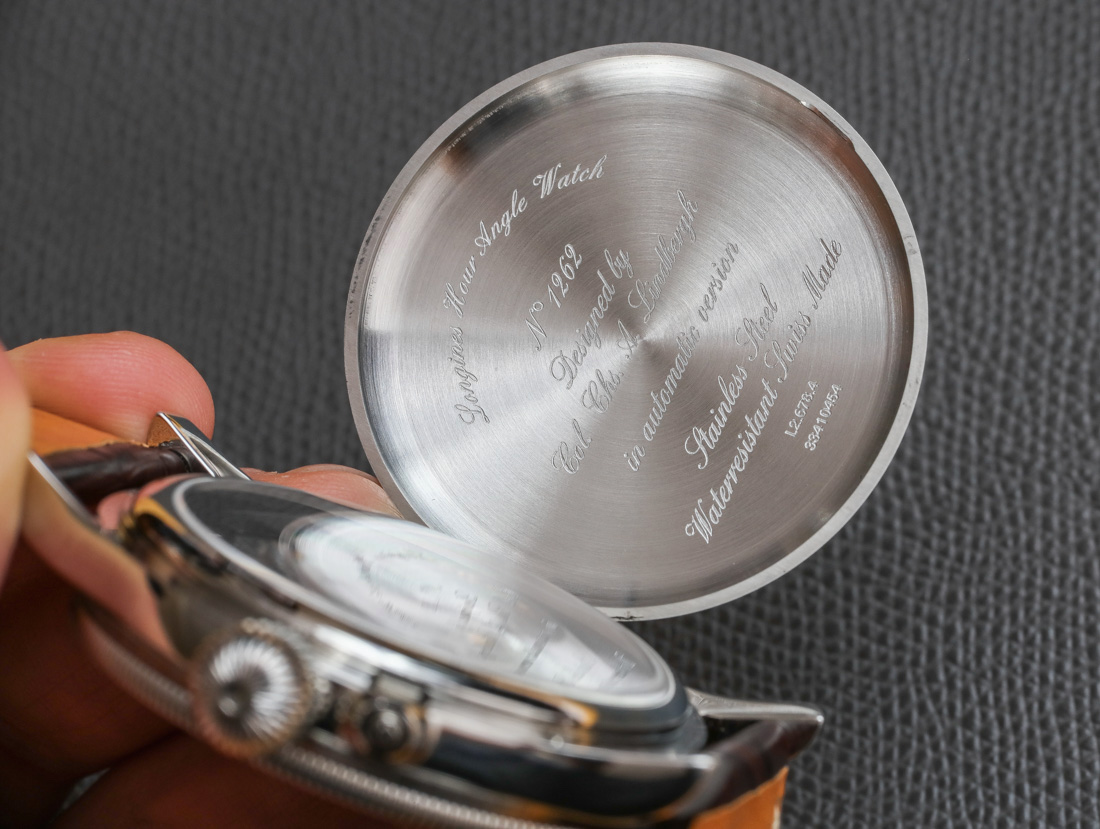
Longines wanted to make sure that the contemporary iteration of the Lindbergh watch combined a healthy level of homage to the original, while being a thoroughly modern timepiece. One of the most interesting complaints people have about about the Longines Lindbergh as reviewed here is that it is an automatic – a complaint I find amusing at best. Yes, the original was manually wound, but I am pretty sure that if an automatic movement was easy to obtain at the time, Lindbergh would have easily opted for it.
More so, the movement contained inside of the Longines Lindbergh is still pretty new, an excellent match to the case, and really attractively presented. The watch contains the Longines caliber L699 (aka 699), which is more correctly known as the ETA A07.111 automatic. The caliber A07.111 is part of the ETA Valgranges collection of movements released around 2009 in response to the fact that most of the legacy movements produced by ETA were designed for smaller watch cases. The A07.111 is 36.6mm wide, and by comparison the famed ETA Valjoux 7750 is 30mm wide.


The L699 movement is said to be very stable from a timing perspective and has a 4Hz (28,800 bph) operational frequency along with 46 hours of power reserve. The L699 movement is contained with the reference L2.678.4.11.0 watch with the white dial, but the reference L2.678.1.71.0 limited edition 90th anniversary piece contains the slightly updated L699.2 automatic movement. I wasn’t able to easily determine what is updated in the 699.2 over the original 699, but it is common for ETA to release updates to movements which are really about durability and stability. I actually think that the L699.2 has been quietly integrated into all Longines Lindbergh watches. What makes me think that? Despite the fact that the Longines website says that the non-limited Lindbergh contains the L699, the automatic rotor on the watch I am reviewing clearly says “L.699.2.”
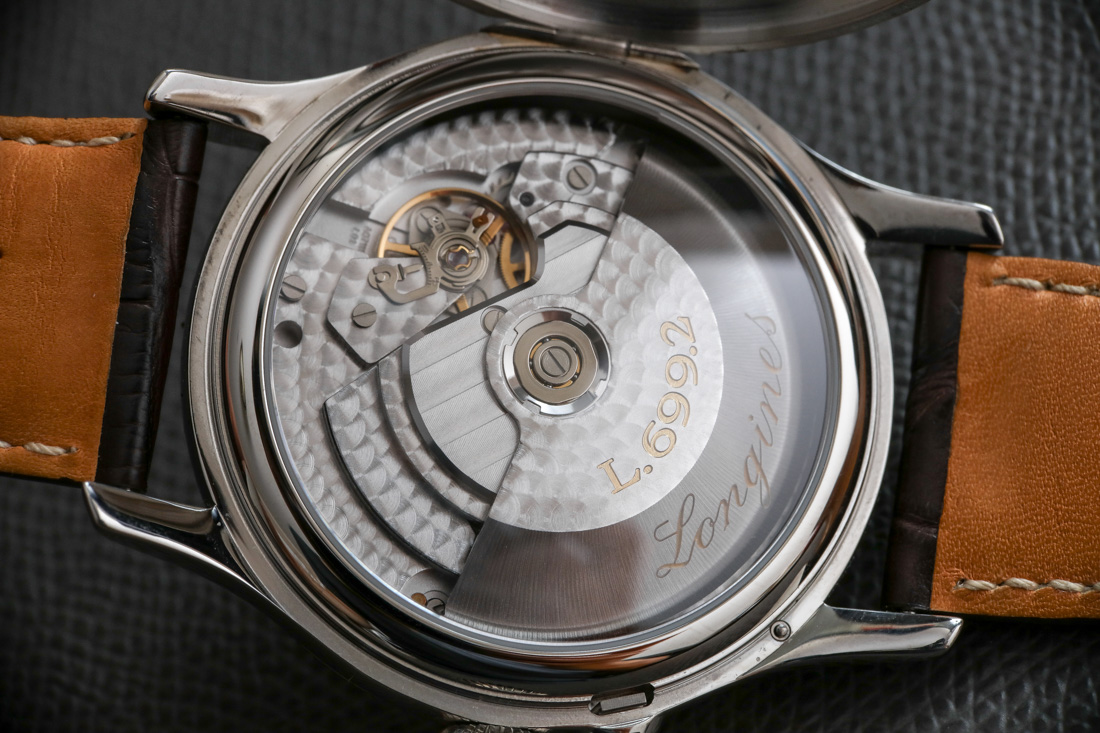
More important than specs is the lovely presentation of the movement in the case. If you are the type of person who gets disappointed to see a small movement in an otherwise large case, prepare to be positively delighted by the rear view here. While the limited edition model in titanium and steel doesn’t have the hunter-style caseback (unfortunately), the stock Longines Lindbergh watch uses a smaller pusher under the crown to unlock the hinged steel caseback, opening up to an expansive view of what appears to be a massive movement filling up the majority of the 47.5mm wide case.
The size of the automatic rotor is enough to impress, but the overall level of finishing, rich level of perlage polishing, and overall look and feel of the movement and the caseback is excellent. Longines does its best to make the watch feel historic. On the inner part of the hinged steel door is cursive text reminding you about the nature of the watch and that it was “designed by Col. Charles A Lindbergh” and also reminding you that it is the Hour Angle watch.
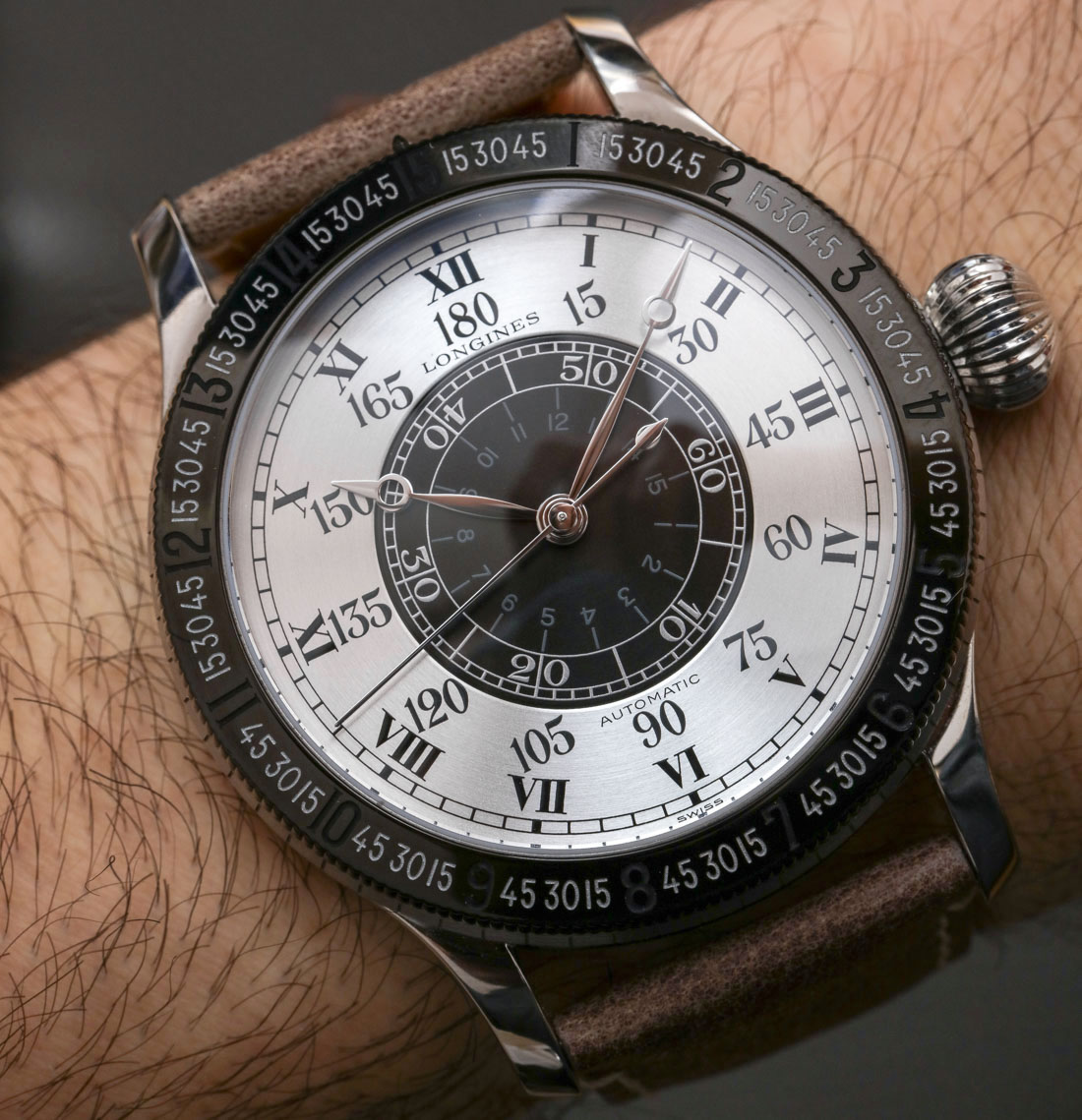
Hunter-style casebacks existed at a time when such a system helped protect a watch. Some watches still have them today as little friendly nods to the past. Us watch lovers enjoy them because it allows us to have a bit more of a fancy presentation when showing off the watch to others. There is also the simple, and pleasant mechanical feedback you get when you hear the assuring little click of the caseback being opened and closed. For a reason I can’t quite understand the limited edition 90th anniversary Lindbergh watch doesn’t have this feature. It does allow for the case to be a bit thinner, and it is possible that this element would not have been as easy or effective to produce in titanium. I personally prefer the watch with the opening caseback.
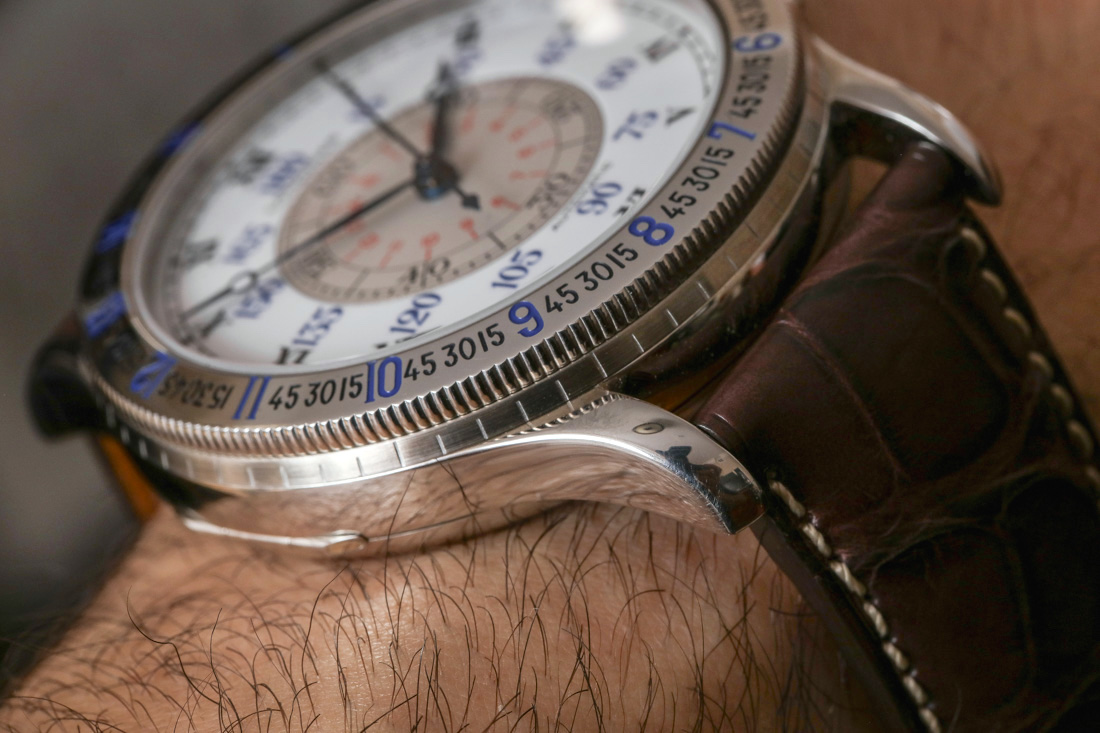
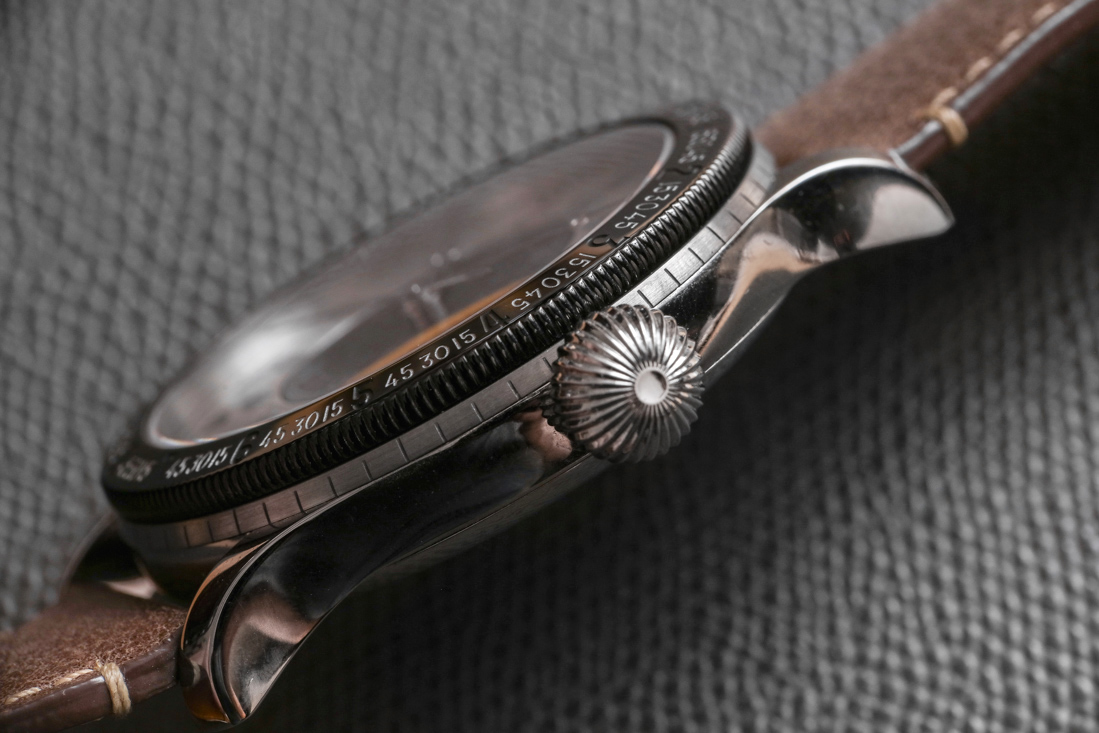
At 47.5mm wide, Longines wanted to produce these modern Lindbergh watches in the same size as the original versions from 1927. While I don’t feel that people should be wearing watches larger than the size of their wrist most of the time, one can make an occasional exception for vintage-style aviator watches since they can look cool this way. Having said that, I don’t want to claim that everyone will be able to comfortably wear this timepiece. More so, Longines doesn’t make a smaller version of this case for some reason. I think that they could easily get away with making a secondary model in a 42 to 44mm wide case, while still producing the 47.5mm wide version.

